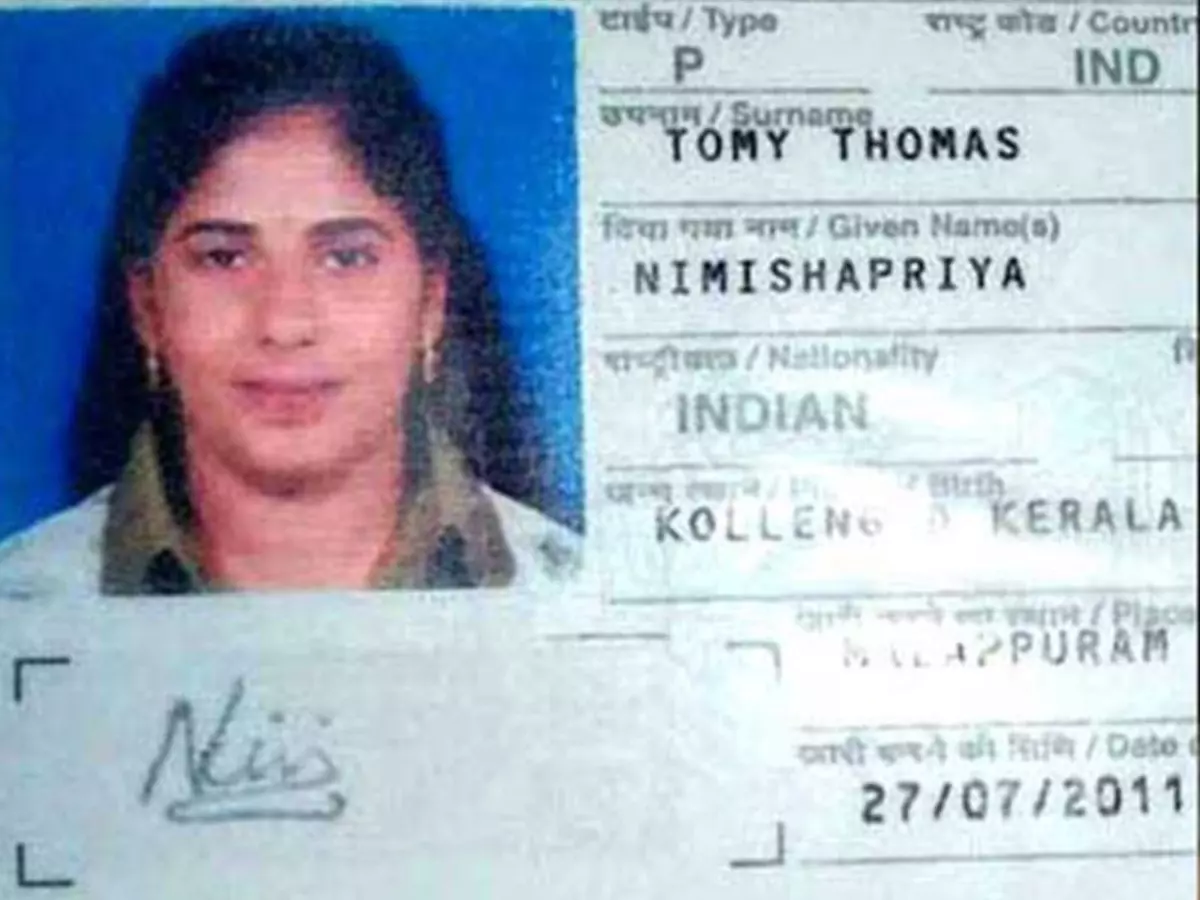India And Iran Forge A Historic Comeback: Oil, Diplomacy, And Bold Alliances
India and Iran reviving crude oil imports, enhancing cultural connections, and leveraging strategic infrastructure for mutual growth

The resumption of India and Iran oil trade and increased people-to-people contact by relaxing the visas marked another necessary geopolitical concession Iran made toward New Delhi. It is another key indication of Tehran’s intent to improve relations with New elhi through the newly installed administration in the country. The decision is taken after economic sanctions, changes in global alignments, and shared opportunities for strategic cooperation in many sectors.
A Renewed Push for Oil Trade Resumption
This is a watershed moment in the economic history of the two countries as Iran appeals to India to resume its crude oil imports. Iran was among the key suppliers of oil to India when its relations were disrupted in 2019 after the United States introduced harsh sanctions on Iran under President Trump. These sanctions included nearly 1,500 measures targeting Iran’s economy, leading India to suspend crude imports under US pressure.
“We used to have good economic ties with India before the sanctions were imposed in 2018. We understand why India had to follow the sanctions, but trade is falling year-on-year, which is not good,” remarked a senior Iranian official. The official also pointed out the operational challenges Indian refineries faced as they adjusted to sourcing crude from other countries after decades of relying on Iranian oil.
This could provide relief for India’s energy issues. Given that India is one of the largest crude oil importers in the world, its ability to obtain oil from Iran is cheap and logistically easier, given the distance. In addition, Iran has offered flexible credit terms in the past, which may make the venture more economical for the Indian party.

While Iran seeks to rekindle its energy trade with India, the official emphasized that Tehran would not impose hardships on New Delhi. Tehran advocates for a balanced approach that could include trade expansion in non-energy sectors, particularly agricultural goods. This diversification strategy also shows that Iran is willing to adapt to changes in the world of trade and create a mutually beneficial framework.
Enhancing People-to-People Connectivity
Besides oil trade, Iran is interested in more vigorous cultural and tourism exchanges with India. Visa relaxation is a critical aspect of this strategy, which aims to encourage more Iranians to visit India and vice versa.
We should talk with India about visa issues. The Iranians wish to come to India, and more and more Indians should be there in Iran, as neighbours must appeal to each other.” This opinion reflects a higher objective: to bridge the gap between two cultures by raising tourism for more bilateral collaboration.
There has been a century-old cultural linkage between India and Iran, derived from common heritage, art, and literature. From the Persian influence on Mughal architecture to the exchange of ideas through the Silk Road, there is so much interconnectedness between the two nations. Tourist promotion and cultural exchange activities can further historical ties, thus being soft power tools that would help each other further mutual understanding and goodwill.
Addressing the Case of Nimisha Priya
Among other things, Tehran plans to take up the issue of an Indian nurse named Nimisha Priya, who a Yemeni court has given a death sentence for the murder of an older man in 2017. It will be another gesture of good intent to reach New Delhi in this more considerable effort. Settling these issues might have further increased confidence and cooperation between the two nations.

Leveraging Strategic Infrastructure: Chabahar Port and INSTC
The Chabahar Port, one of the cornerstones of India-Iran cooperation, remains an important focus point for connectivity and trade. Iran has reaffirmed its commitment to helping India entirely use the port to develop a strong connectivity corridor connecting India to Central Asia and Europe.
With Chabahar as a key hub, the International North-South Transport Corridor would constitute another gargantuan project designed to redefine regional trade dynamics altogether. The intended corridor would transfer goods transit across India, Iran, and Russia much faster. It would reduce transport costs by 30% and save travel time by an impressive 40% compared to the traditional routes via sea routes.
The strategic importance of Chabahar cannot be overstated. It opens up Afghanistan and Central Asia to India, bypassing Pakistan. It’s a great addition to India’s overall objective to challenge China at the regional level, primarily under the Belt and Road Initiative. The port shores up Iran’s regional power and will be an integral part of any efforts to diversify the economy.
Exploring New Alliances and Regional Stability
Iran is playing India in an even stronger format as part of the growing pattern of advancing international cooperation worldwide. Iran’s planned underwater tunnel to Qatar and its strategic pact with Russia indicate that Tehran is bent on raising regional connectivity and stability.

Iran has also hailed China as having contributed much to peace and stability in the region, primarily by helping it gain better ties with Riyadh. This geopolitical alliance with Iran suggests an intention to become a stakeholder in the new multipolar world order.
These developments present both challenges and opportunities for India. When India agrees on key projects with Iran, its influence in the region can be enhanced; however, it needs to tread a tightrope in getting along with the United States and other world powers.
Challenges and Opportunities
The resumption of oil trade and deepening bilateral ties hold great promise, but the task is now at hand. The shadow of US sanctions already runs rather long, and geopolitical sensitivities abound to be navigated with caution. Visa relaxations and expanded trade called for by Iran call for reciprocal action and adjustment in policy on the part of the Indian government.
After all, the benefits weigh far greater than the blemishes. India’s entry into Iranian crude could improve energy security while chipping away at imports, and Gwadar and the INSTC will promise transformative economic and connectivity benefits. Increasing cultural and tourism exchanges will add fluffiness to bilateral ties and make them far more robust and multi-dimensional.
India and Iran must act pragmatically to seize all the opportunities. That requires taking maximum benefit from the diplomatic corridors that will help alleviate either country’s concerns, ensuring the bypassing of sanctions in situations possible, and building a long-term sustainability model in economic and cultural collaboration.
Conclusion
Iran’s remarkable efforts in furthering this bilateral relationship make it the most significant strategic opportunity for both to reboot and strengthen their ties. The oil imports resumed and are reinforced by increased cultural and economic cooperation for the benefit of both sides. Such collaboration will stimulate the sharing of common interests; dialogue and diplomacy shall unfold the best solutions to steer India and Iran toward a rejuvenated partnership, positively impacting regional stability and prosperity.
As the world shifts toward a multipolar global order, the India and Iran model is set to emerge and flourish in uneventful geopolitical environments. Developing countries like these two, which share goals and offer respect to each other, should transform obstacles into opportunities by focusing on the longer term of their relationship.




